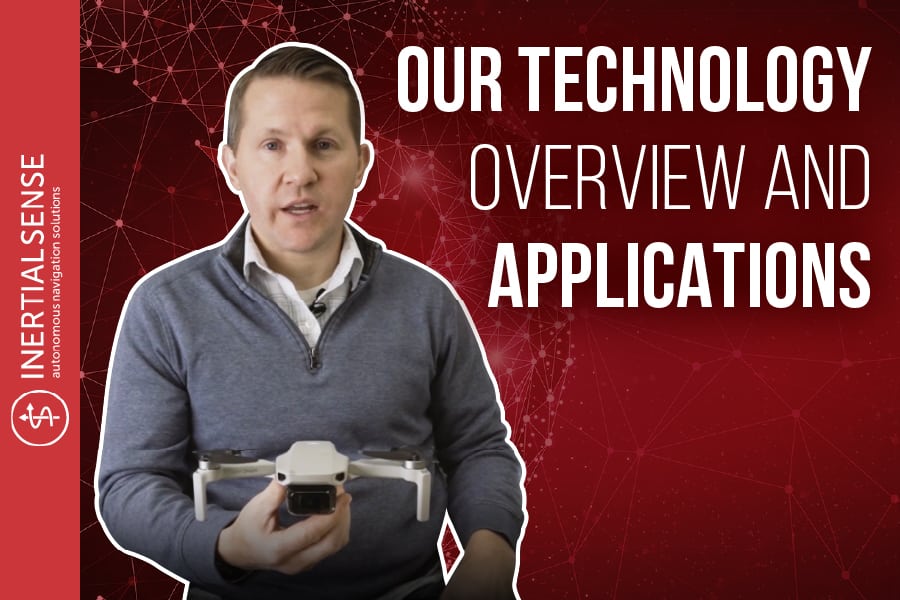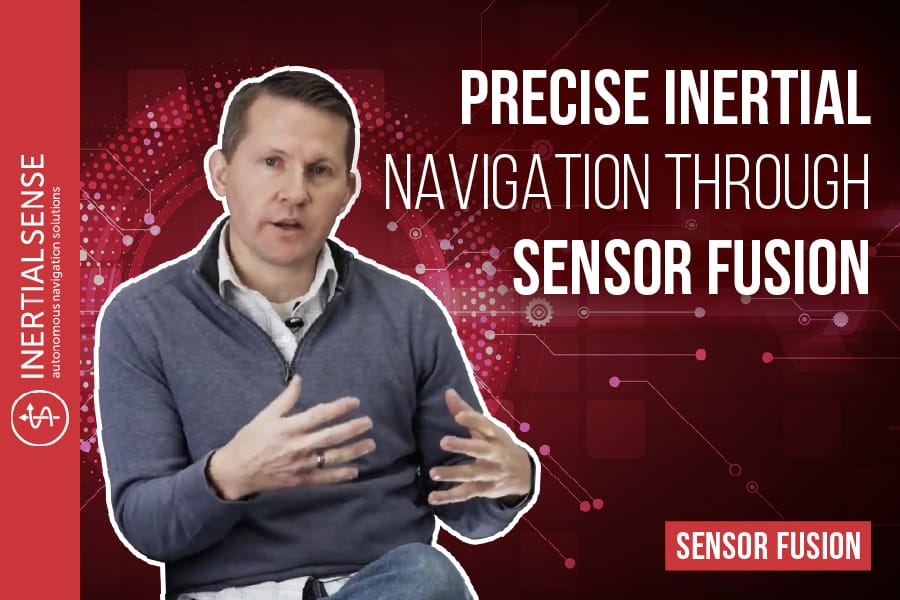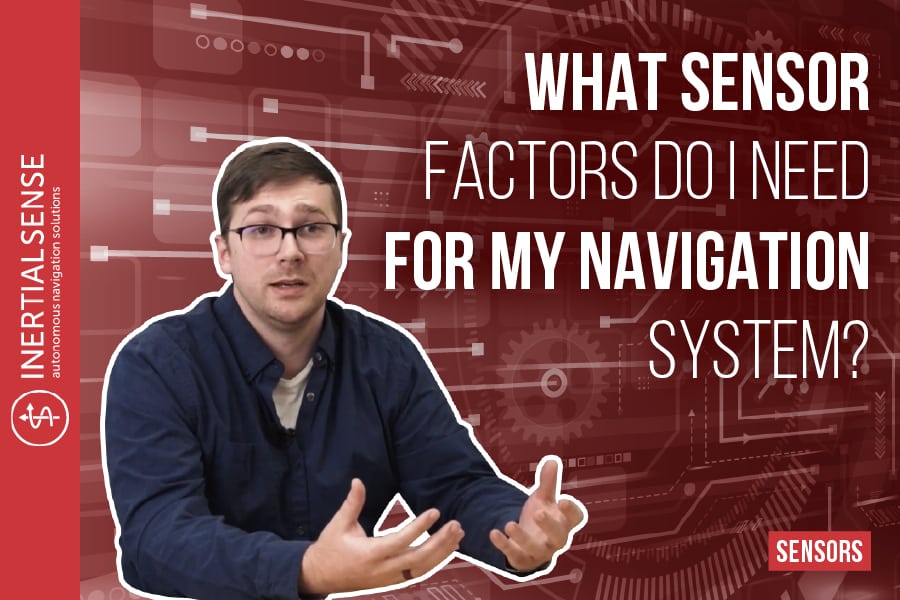
Video
What Is a Calibrated IMU and Who Should Get One?
Having a calibrated IMU is critical to your robotic device receiving accurate information and better accuracy. Watch the video below as Walt explains the importance of a calibrated IMU and how it applies to you. What Is a Calibrated IMU? A calibrated IMU is where a factory sensor that’s manufactured by another company, is […]

Video
What Is The Difference Between Automated and Autonomous?
Knowing the key differences between an automated and an autonomous robot is a critical factor within the robotics industry. Curious what the main differences are? Watch the video below as Tom explains the difference between automated and autonomous. What Are Automated Robots? Automated robots are robotic vehicles using some sort of physical infrastructure for […]

Video
Our Technology Overview and Applications
The core of our technology is an inertial measurement unit, or an IMU, which consists of three access gyros and accelerometers. IMU is used in an AHRS, or an attitude heading reference system. Our software integrates or fuses the gyro and accelerometer data from the IMU to estimate roll, pitch, and heading, helpful for GPS. […]

Video
What We Do, What We Don’t Do
Our specialty is building the brain that does autonomous navigation. At some point, we may build a robot in the future, but right now, our business is delivering this value to OEM manufacturers who make these robotic devices that want them to be autonomous. Watch the video below as Tom explains what we do and […]

Video
The Difference Between IMU, AHRS, and INS
Shopping around for an inertial sensor, people think of INS, aka inertial navigation system. Maybe you need an IMU, which is super simple. Understanding the difference between IMU, AHRS, and INS is going to help pick the right product for your specific application. Be sure to watch the video below as Morgan explains the difference […]

Video
How Do Autonomous Robots Navigate?
Programming robots is not a new science. But having the right programming criteria can make a difference in your autonomous mobile robotics’ performance. There are three major components you should be familiar with for autonomous robot navigation. Watch the video below as Tom unpacks the three general rules for how autonomous robots navigate. 3 […]

Video
Should I Get an Inertial Sensor Development Kit or a Module?
We get this question all the time, “Should I get an inertial sensor development kit or a module?” Oftentimes, our customers either need something with proper documentation and plenty of adapters to go to different communication protocols OR they have extra experience designing circuits and need something out of the box, at scale. Watch the […]

Video
Precise Inertial Navigation Through Sensor Fusion
Watch the video below as Walt Johnson, the CTO and founder of Inertial Sense talks about the importance of sensor fusion, the formation of Inertial Sense and how the team created the company based on past experiences in the drone industry and autonomous navigation landscape for hand launchable drones. What is Our Technology-Based On? […]

Video
The Future of INS and Autonomous Navigation
The journey into robotics has a long history with many ups and downs. Inertial Sense is not much different. Our intent was to make the lightest and highest performance of inertial sensors, with the widest range of devices. So, with making such a big splash so unexpectedly, how does one top that? Watch the video […]

Video
What Sensor Factors Do I Need for My Navigation System?
Are you looking to optimize your robotics build but are curious about which sensor factors you need and how to get the best sensor performance? Watch the video below as Morgan Rudolph, Head of Operations at Inertial Sense, explains what to look for when building your new navigation system. In this video installment, “What Sensor […]

